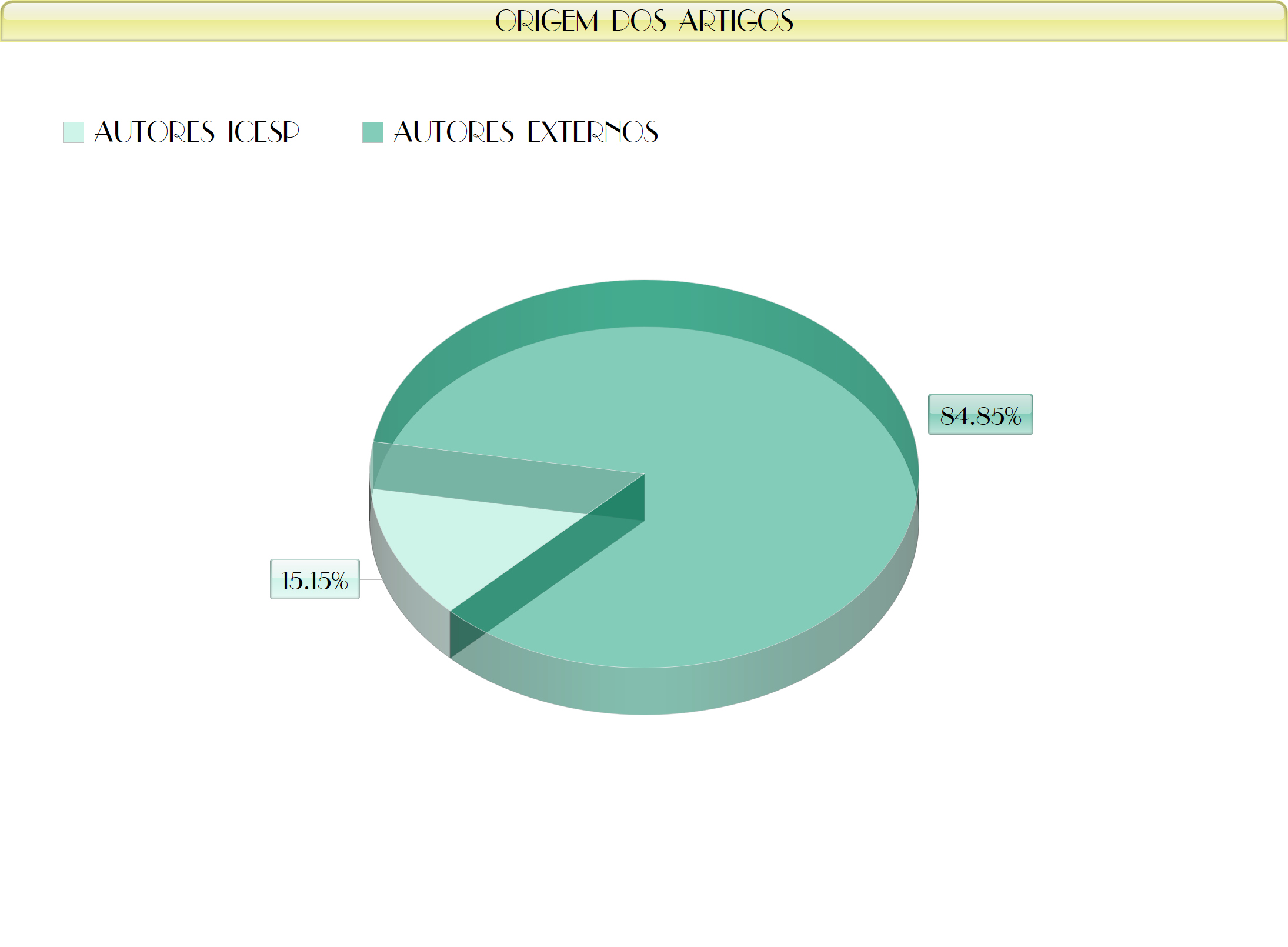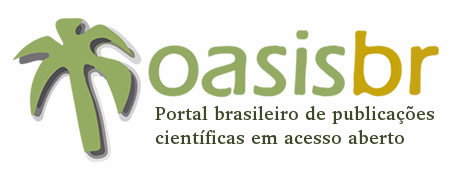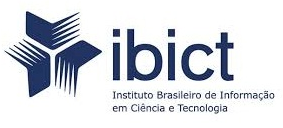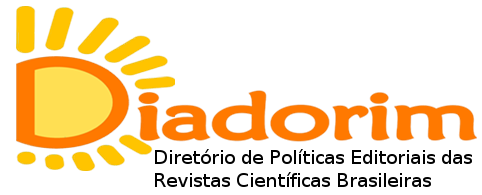INFLUÊNCIA DA AUTO LIBERAÇÃO MIOFASCIAL SOBRE A FLEXIBILIDADE E FORÇA DE ATLETAS DE GINÁSTICA RÍTMICA
Resumo
Objetivo: Verificar a influência da aplicação da técnica de Auto Liberação Miofascial (ALM) sobre a flexibilidade e força explosiva de membros inferiores de atletas de Ginástica Rítmica (GR). Metodologia: Participaram do estudo 16 ginastas, com idades entre 13 e 16 anos, pertencentes à um clube de GR da cidade de Boa Vista/RR. As atletas foram divididas aleatoriamente em grupo experimental (GALM) e grupo controle (GC). O GALM realizou manobras de ALM, enquanto o GC executou alongamentos estáticos (AE). Antes e após a execução das técnicas, os dois grupos foram avaliados nos testes de sentar e alcançar para flexibilidade (FX) e Impulsão Vertical (IV) e Impulsão Horizontal (IH) para força. A coleta dos dados foi realizada em três sessões com intervalos de 48 horas. Para a realização da ALM foram utilizados bilateralmente os músculos piriformes, isquiotibiais, banda iliotibial, quadríceps, adutores e gastrocnêmicos. A ALM sobre o músculo foi de 30 s por 15 s de recuperação. Para comparar os efeitos da aplicação das técnicas de ALM e AE pré e pós, realizou-se o teste t-Student pareado, e intergrupos o teste t independente, com nível de significância de p<0,05. Resultados: Verificou-se alterações significativas nas variáveis analisadas no pós teste apenas para o GALM, com ganhos percentuais de 7%, 10,5% e 10,1% respectivamente para FX, IV e IH. Conclusão: Podemos concluir que a ALM influenciou de forma aguda no desempenho da flexibilidade e da força explosiva das ginastas, indicando ser uma alternativa eficiente para rotinas de aquecimento em treinamentos e competições de GR.
Objective: To verify the influence of the application of the Self Myofascial Release technique on the flexibility and explosive strength of lower limbs of Rhythmic Gymnastics athletes. Methodology: Participated in the study 16 gymnasts, aged between 13 and 16 years, belonging to a Rhythmic Gymnastics club in the city of Boa Vista/RR. The athletes were randomly divided into experimental group and control group. The group Self Myofascial Release performed Self Myofascial Release maneuvers while the control group performed static stretching. Before and after the execution of the techniques, the two groups were evaluated in sit and reach tests for flexibility and Vertical Impulse and Horizontal Impulse for strength. Data collection was performed in three sessions at 48 hour intervals. For the Self Myofascial Release, the piriformis, hamstring, iliotibial, quadriceps, adductor and gastrocnemius muscles were used bilaterally. The Self Myofascial Release on the muscle was 30 s for 15 s recovery. The paired t-Student test was used to compare the effects of the Self Myofascial Release and static stretching techniques before and after the study, and the independent t-test was intergrouped, with a significance level of p <0.05. Results: There were significant changes in the variables analyzed in the post-test only for Self Myofascial Release group, with percentage gains of 7%, 10.5% and 10.1%, respectively, for flexibility, Vertical Impulse and Horizontal Impulse. Conclusion: We can conclude that Self Myofascial Release has an acute influence on the flexibility and explosive strength of gymnasts, indicating that it is an efficient alternative to heating routines in Rhythmic Gymnastics training and competitions.
figshare DOI: 10.6084/m9.figshare.8126771
Palavras-chave
Texto completo:
PDFReferências
-Sullivan KM, Silvey DB, Button DC, Behm DG. Roller-massager application to the hamstrings increases sit-and-reach range of motion within five to ten seconds without performance impairments. Int J Sports Phys Ther. 2013;8(3):228–236.
– Arruda GA, Stellbrink G, Oliveira AR. Efeitos da liberação miofascial e idade sobre a flexibilidade de homens. Ter Man. 2010;8(39):396-400.
- Schroeder AN, Best TM. Is self myofascial release an effective pré exercise and recovery strategy? A literature review. Current Sports Medicine Reports. 2015; 14(3):200-208.
- MacDonald G, Penney MD, Mullaley ME, et al. An acute bout of self-myofascial release increases range of motion without a subsequent decrease in muscle activation or force. J Strength Cond Res. 2013;27(3):812–821.
- Murray AM, Jones TW, Horobeanu C, Turner AP, Sproule J. Sixty seconds of foam rolling does not affect functional flexibility or change muscle temperature in adolescent athletes. Int J Sports Phys Ther. 2016;11(5):765-776.
- Skarabot J, Beardsley C, Stirn C. Comparing the effects of self-myofascial release with static stretching on ankle range-of-motion in adolescent athletes. The International Journal of Sports Physical Therapy. 2015;10(2): 203-212.
- Peacock CA, Krein DD, Silver TA, Sanders JG, Kyle-Patrick A, Carlowitz V. An acute bout of self-myofascial release in the form of foam rolling improves performance testing. Int J Exerc Sci. 2014; 7(3): 202–211.
- Sampaio DF, Valentini NC. Iniciação esportiva em ginástica rítmica: abordagem tradicional e o clima motivacional para a maestria. Revista de Educação Física/UEM. 2015;26(1):1-10.
- Santos AB, Lebre E, Carvalho LA. Explosive power of lower limbs
in rhythmic gymnastics athletes in different competitive levels. Rev Bras Educ Fís Esporte. 2016; 30(1):41-50.
- Behm DG, Chaouachi A. A review of the acute effects of static and dynamic stretching on performance. Eur J Appl Physiol. 2011;111(11):2633-2651.
- Guedes DP. Crescimento, composição corporal e desempenho motor de crianças e adolescentes do município de Londrina (PR), Tese de Doutorado. Universidade de São Paulo, 1994.
- Slaughter MH, Lohman TG, Boileau RA, Horswill CA, Stillman RJ, Van loan MD, Bemben DA. Skinfold equations for estimation of body fatness in children and youth. Human biology. 1998;60(5):709-723.
- Wells KF, Dillon E.K. The sit and reach: a test of back and leg flexibility. Research Quarterly for Exercise and Sport. 1952; 23,115-118.
- Del Vecchio FB, Primeira M, Silva HC, Dall’agnol C, Galliano LM. Nível de aptidão física de atletas de ginástica rítmica: Comparações entre categorias etárias. Revista brasileira de Ciência e Movimento. 2014; 22(3):5-13.
- Kay AD Blazevich AJ. Effect of acute static stretch on maximal muscle performance: a systematic review. Med Sci Sports Exerc. 2012; 44:154-164.
- Pearcey GEP, Bradbury-Squires DJ, Kawamoto JA, Drinkwater EJ, Behm DG, Button DC. Foam rolling for delayed-onset muscle soreness and recovery of dynamic performance measures. Journal of Athletic Training. 2015;50(1):5–13.
- Halperin I, Aboodarda SJ, Button DC, Andersen LL, Behm DG. Roller massager improves range of motion of plantar flexor muscles without subsequent decreases in force parameters. The International Journal of Sports Physical Therapy. 2014; 9 (1),1-11.
- Nunes SF, Abrantes RO, Melo A, Araújo G, Gomes TM, Novaes JS. Efeito da liberação miofascial na potência muscular. 5o Simpósio de Força & Condição Física. Motricidade. 2015;11(4):192.
- Leandro Ferreira. Influencia de la autoliberación miofascial versus estiramientos estáticos en un programa de entrenamiento de fuerza en miembros inferiores. Tesis de Doctorado. Universidade de Valencia, p. 203, 2015.
- Schroeder AN, Best TM. Is self myofascial release an effective pré exercise and recovery strategy? A literature review. Current Sports Medicine Reports. 2015; 14(3):200-208.
- Monteiro ER, Neto VGC. Effect of different foam rolling volumes on knee extension fatigue. The International Journal of Sports Physical Therapy. 2016;11(7):1076-1081.
– Silva JM, Oliveira DV, Leme DEC, Nascimento Júnior JRA, Anversa ALB. Influência do treinamento de flexibilidade e força muscular em atletas de Ginástica Rítmica. Revista Saúde e Pesquisa. 2016;9(2): 325-331.
Apontamentos
- Não há apontamentos.
Revista Brasileira de Pesquisa em Ciências da Saúde - RBPeCS - ISSN: 2446-5577
Indexadores:













